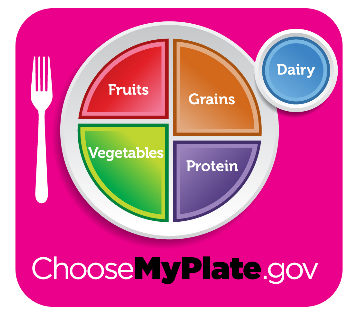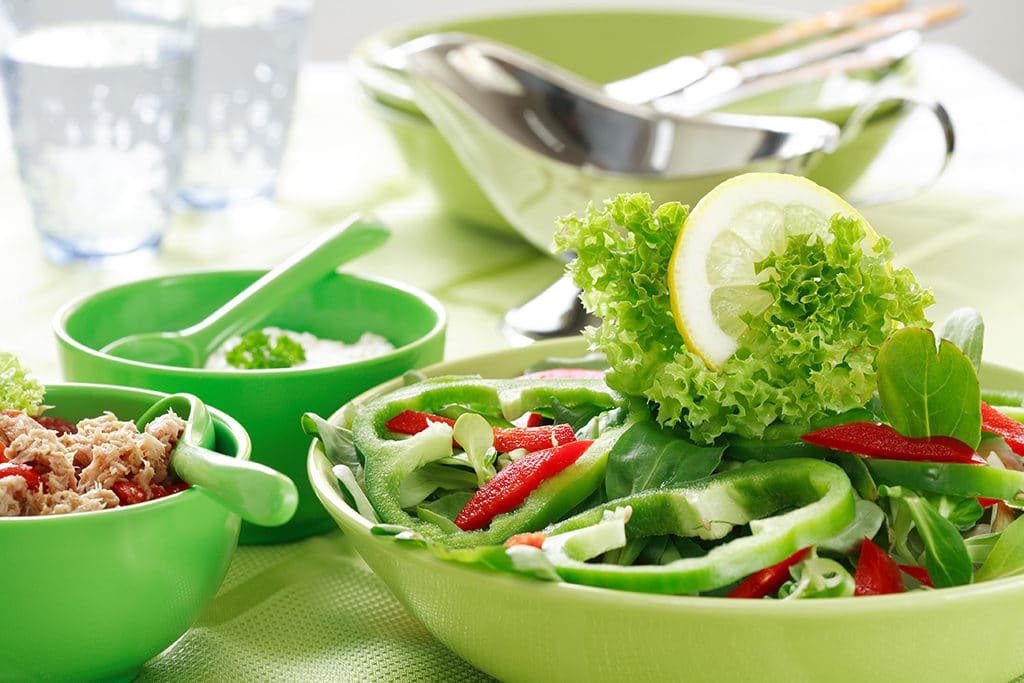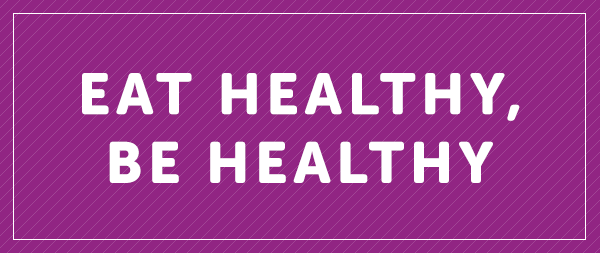What to Eat When Recovering From a Stroke

It's no secret that Americans struggle with proper nutrition and healthy living on a daily basis. According to the the World Health Organization, it is estimated that over 80 percent of diagnoses of heart disease, stroke, and type II diabetes, along with nearly 40 percent of cancer diagnoses, could be prevented by people improving their eating and exercise habits and reducing their dependence on tobacco products.
Adjusting the way you live in order to stay healthy is important, though not everybody is willing or able to. According to a study published in the Journal of the American Medical Association, while women are more likely to make lifestyle changes following a stroke or major cardiac event, only one quarter of men are likely to. The study also found that patients in urban areas were more likely to make a minimum of two changes to their lifestyle to prevent subsequent cardiac events than those who resided in rural areas.
If you have suffered a stroke, you may need to modify your diet to lower blood pressure and cholesterol and improve your cardiovascular health. Dr. Argye Beth Hillis, MD, an expert from Johns Hopkins School of Medicine, states that 'the recommendations from the American Heart Association (AHA) for reducing cardiac risk are the same for reducing stroke risk.' So, in addition to eating foods that lower blood pressure and cholesterol, you also need to choose ones that help you maintain a healthy weight to reduce your risk of suffering another stroke. Besides the preventative power inherent in improved eating habits, a nutritious diet can help you stay energized during physical and occupational therapy and other daily tasks while you’re recovering from a stroke.
Effects of a Stroke on Your Diet
After a stroke, maintaining healthy habits can be challenging. There may be a risk of poor nutrition or failing to take in enough nutrients via eating and drinking, leading to unhealthy weight loss and slowing your ability to recover. Poor nutrition can be brought on through a variety of stroke complications. It is common to experience neurological symptoms such as dysphagia or difficulty swallowing, as well as limited arm and hand movement, which may limit your ability to use eating utensils like knives and forks. Cognitive deficiencies may also interfere with your ability to eat properly by causing you to forget to do so at regular intervals. Stroke may also affect the part of the brain responsible for appetite, reducing your desire to eat.
Benefits of a Healthy Diet After Stroke
It is important to consume a diet low in fat and sodium and high in fruits and vegetables to avoid risk factors for another stroke, such as high cholesterol, blood pressure, and body fat. It is also possible that some foods may interact poorly with medications you begin taking after suffering a stroke, so be sure to check with your doctor or pharmacist before beginning a new nutrition program. One helpful tool to get started on your new nutrition plan is the website ChooseMyPlate.gov, which is designed to help you determine your energy and nutrient needs, track them, and help you succeed while on the road to recovery. Each patient has different requirements, therefore it is important to consult with your doctor about your eating habits on a frequent basis.

Getting the Right Nutrition
Once you've spoken with your doctor and are ready to begin your new lifestyle, there are a few guidelines that may make it easier to put it into practice. When choosing a protein source, choose options such as fish or lean meats and poultry low in fat. Utilize spices, other than salt, to add flavor without increasing your sodium intake.
You can add variety to your meals by picking vegetarian protein sources that include beans, peas, nuts, and seeds, which have the added benefit of providing healthy fats like omega-3s. If you are going to rely on vegetarian protein sources, be sure to check with a dietitian to learn how to pair them together so that you are getting all of the essential amino acids.
When looking for grains, always choose the least-processed options. Whole grains, such as oatmeal and brown rice, are the best possible choices. Look for dairy options that come in low-fat or nonfat varieties, or choose non-dairy, calcium-rich foods. Fruits and vegetables come in colors that represent the nutrients within them, so be sure to eat the rainbow to get the most balanced meal possible.
Cut food into small pieces, or choose softer foods to make chewing less of a chore. If you have difficulty with weakness in your hands or arms, you may try adaptive utensils. Flatware with thicker handles may be helpful, as well as 'rocker knives,' which allow you to cut your food using only one hand. If you are having trouble swallowing, speak to your doctor or speech therapist, as this condition is often treatable.
21 Tips for a Healthy Diet

1. Read Food Labels
- Check the label. Legally, most foods must have standard nutrition facts printed on their labels. You may be surprised to see the details on some of your favorite processed foods.
- Watch out for things like sodium, sugar, and fat when reading the nutrition facts on your food. Make sure you get enough protein and vitamins.
2. Cut Back on Cholesterol
- Keep your intake below 300 milligrams.
- Reduce the frequency and portion size of meat and poultry consumption, keeping to 3 ounces or fewer at a time. Trim visible fat or skin from meat if you do choose to eat it.
- Cut back on dairy products, including butter, and choose low-fat or nonfat options.
- Eliminate usage of lard, egg whites, and liver.
3. Limit Trans Fats
- Avoid products that contain hydrogenated (or partially hydrogenated) oils.
- Watch out for trans fats, which are included in processed or fried snack foods, stick margarine, and vegetable shortening.
4. Reduce Saturated Fat Intake
- Try to keep saturated fat to a maximum of 10 percent of your total caloric intake by avoiding whole milk and choosing lean meats and fish, as well as skinless poultry.
5. Cut Down on Fats in General
- Keep your fat intake to no more than 30 percent of your overall caloric intake.
- Broil or bake foods, as opposed to frying them, and use low-fat or nonfat condiments and dressings.
6. Eat a Variety of Foods
- Be sure that you are getting balanced nutrition and all of the vitamins and minerals you need from a variety of different foods. Eating one type of food just won’t cut it.
7. Eat Five or More Cups of Fruits and Vegetables Every Day
- Eat enough fruits and veggies every day and you may reduce your risk of stroke.
8. Reduce Your Salt Intake
- To reduce the risk of high blood pressure, keep your sodium intake to under 2,400 milligrams per day. Try using herbs, spices, and other salt-free seasonings when preparing food.
9. Read Medication Labels
- Check cold, headache, and stomach medications for sodium levels.
10. Move the Salt Shaker Off the Table
- Move the shaker so you are not tempted to add more salt to your meals. Instead, try basil, coriander, paprika, chili, or black pepper to season food.
11. Have Healthy Snacks
- Keep properly portioned bags of washed and cut fruits and vegetables on hand for healthy snacking.
12. Eat Fish
- Have a meal including fish a minimum of two times per week.
13. Eat Lean Proteins
- Stick to lean meats and poultry, and avoid using saturated or trans fats when preparing them.
14. Choose Low-Fat or Nonfat Dairy Products
15. Avoid Added Sugars
- Cut down on sugar. The AHA recommends that no more than half of your discretionary calories (approximately 100 calories for women and 150 calories for men) come from added sugars.
16. Use Fresh Ingredients
- Make use of fresh, unprocessed ingredients to ensure you don’t end up with added sugars or sodium in your food.
17. Limit Frozen Entrees
- Select frozen entrees with no more than 600 milligrams of sodium, and eat no more than one of these per day.
18. Choose Low Or No-Sodium Snack Foods
- Pick natural snacks, such as plain popcorn or fruits and vegetables, as they are the best options.
19. Keep a Food Diary
- Keep track of what and how much you are eating with a food diary.
20. Use Smaller Bowls and Plates
- Utilize smaller bowls and plates to help keep portion sizes under control.
21. Get Adequate Potassium
- Look for potassium-rich foods. This mineral is important for proper heart function and can be found in a variety of fruits, vegetables, and milk products.
Eat Healthy, Be Healthy

A healthy diet plays a vital role in your recovery after having a stroke. Getting the proper amounts of required nutrients each day can help maintain energy levels and reduce risk factors for another stroke or cardiac event. For this reason, it is important to reduce your intake of sodium, saturated fats, trans fats, and added sugars, as well as make sure that your are getting plenty of fruits and vegetables. These steps can help mitigate the occurrence of high blood pressure, high cholesterol, and an unhealthy body-fat level, thereby reducing your overall risk for stroke in the future.
All content provided on this blog is for informational purposes only and is not intended to be a substitute for professional medical advice, diagnosis, or treatment. Always seek the advice of your physician or other qualified health providers with any questions you may have regarding a medical condition. If you think you may have a medical emergency, call your doctor or 911 immediately. Reliance on any information provided by the Saebo website is solely at your own risk.



